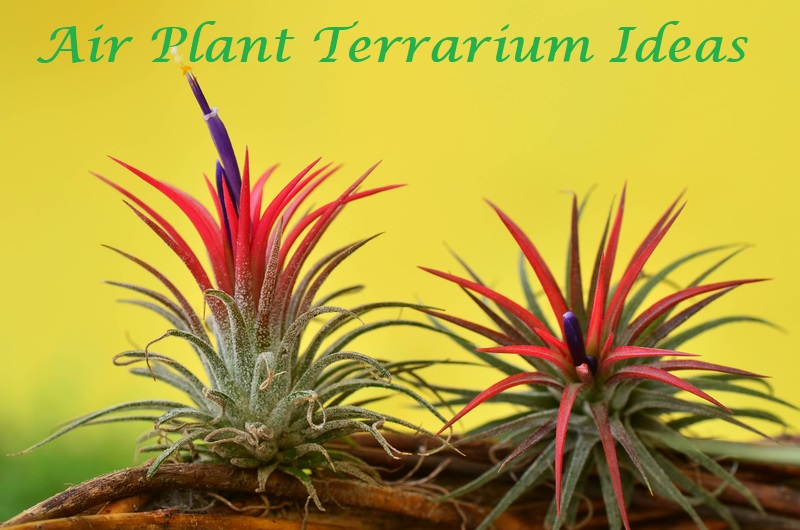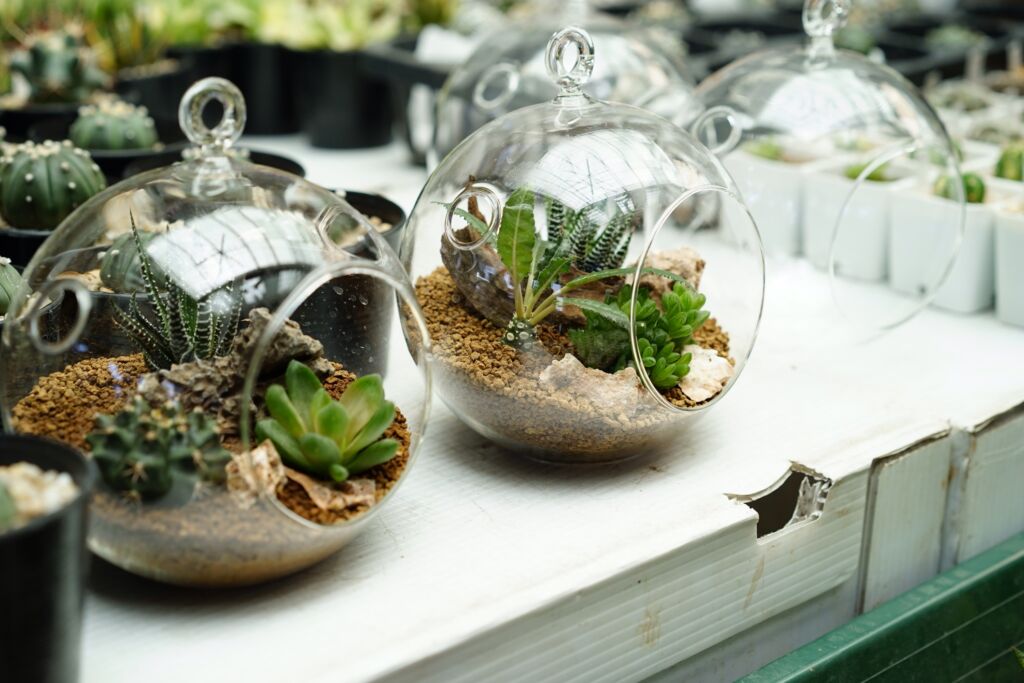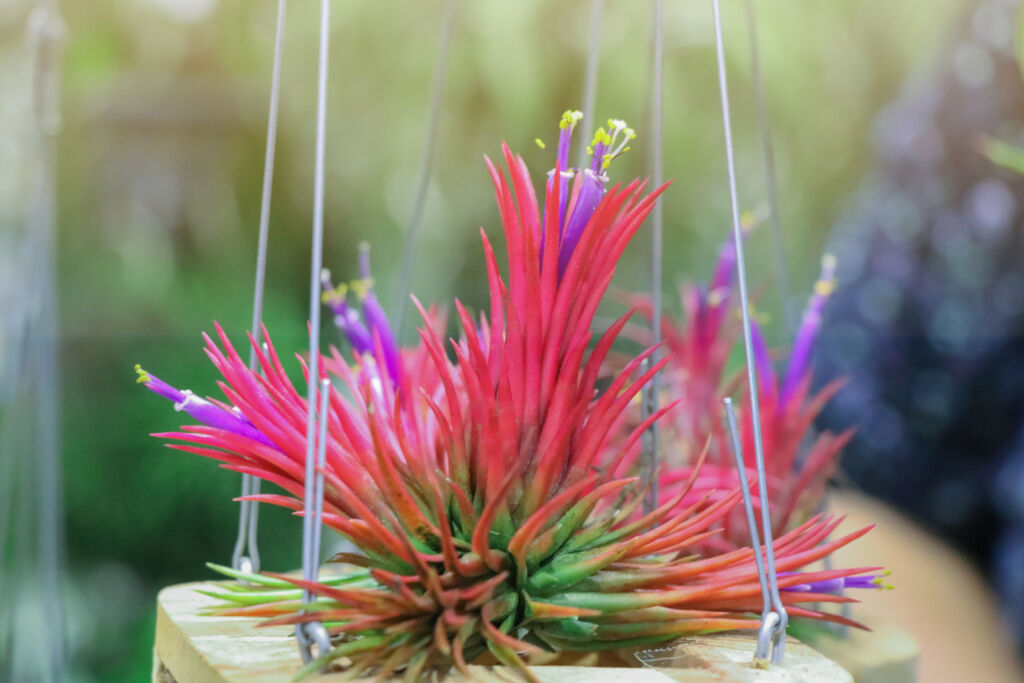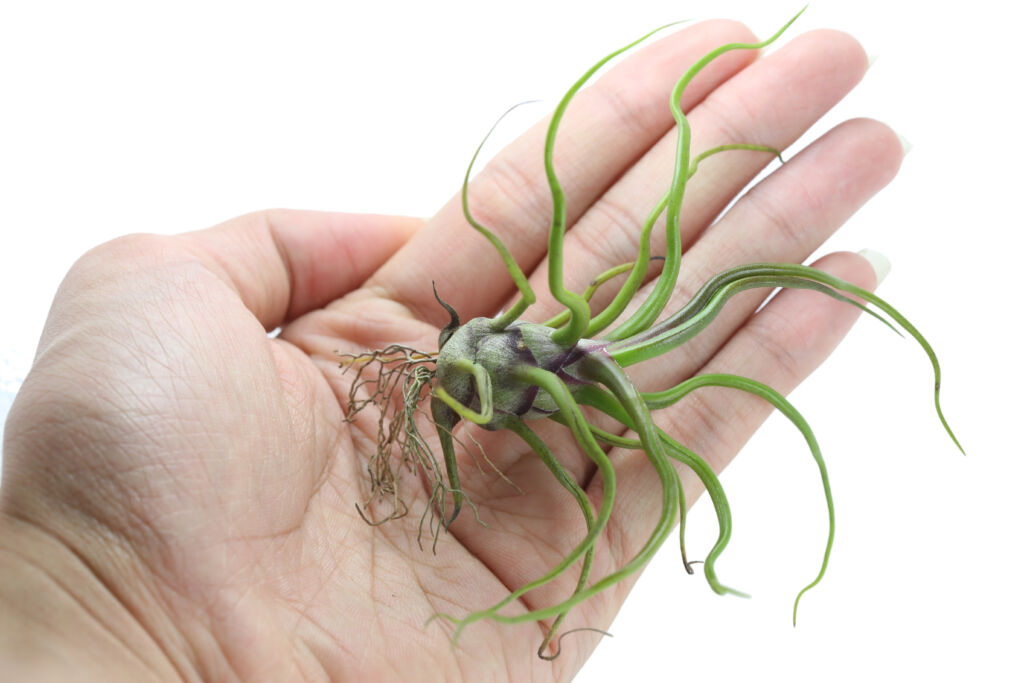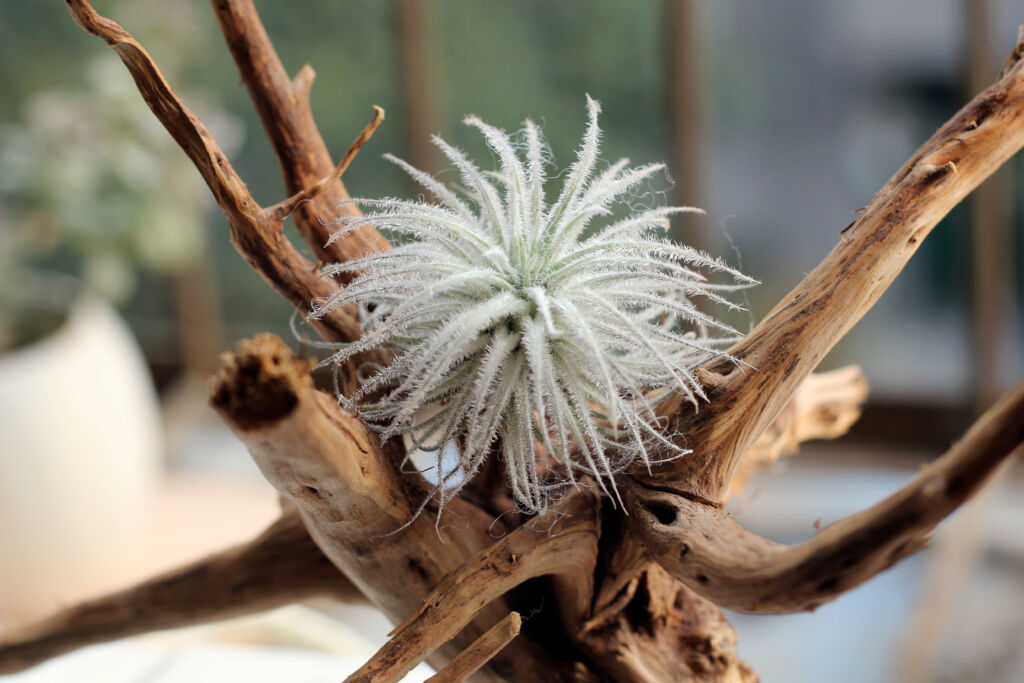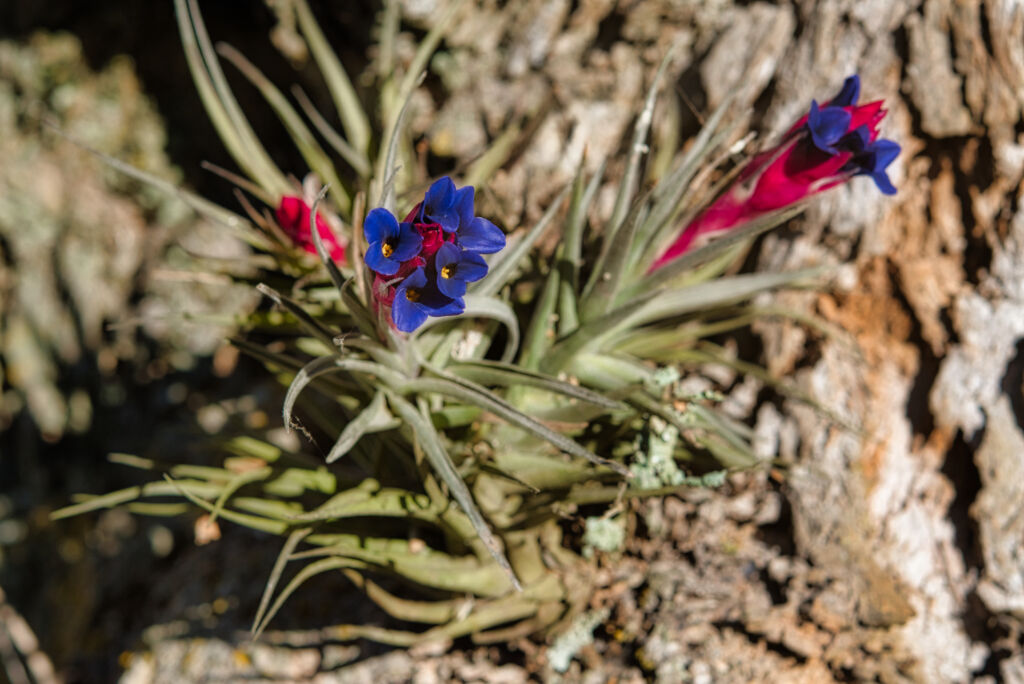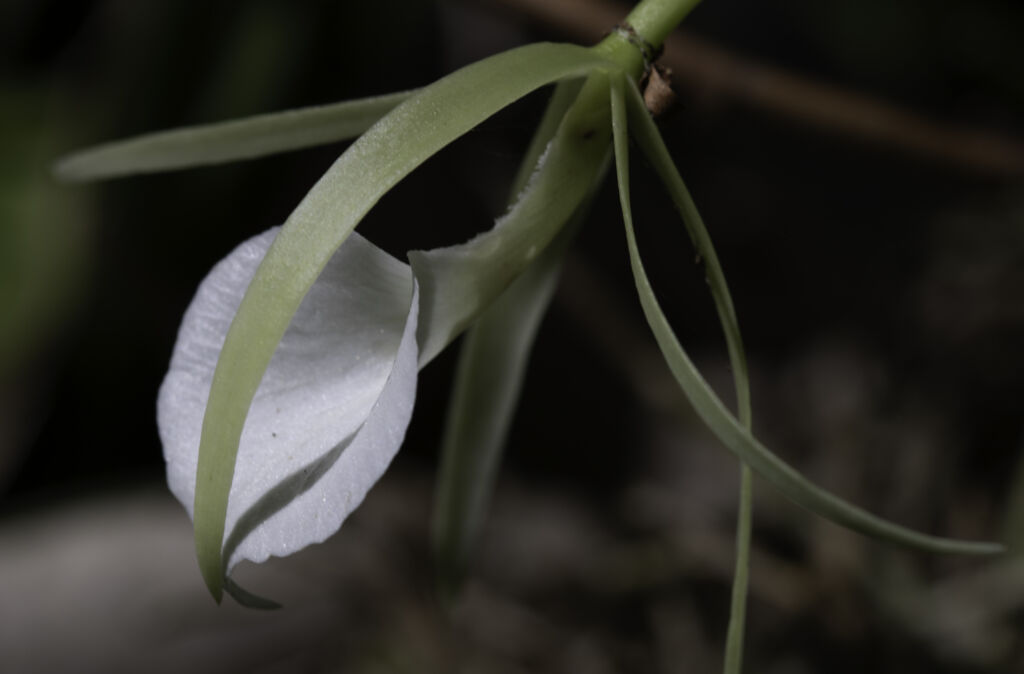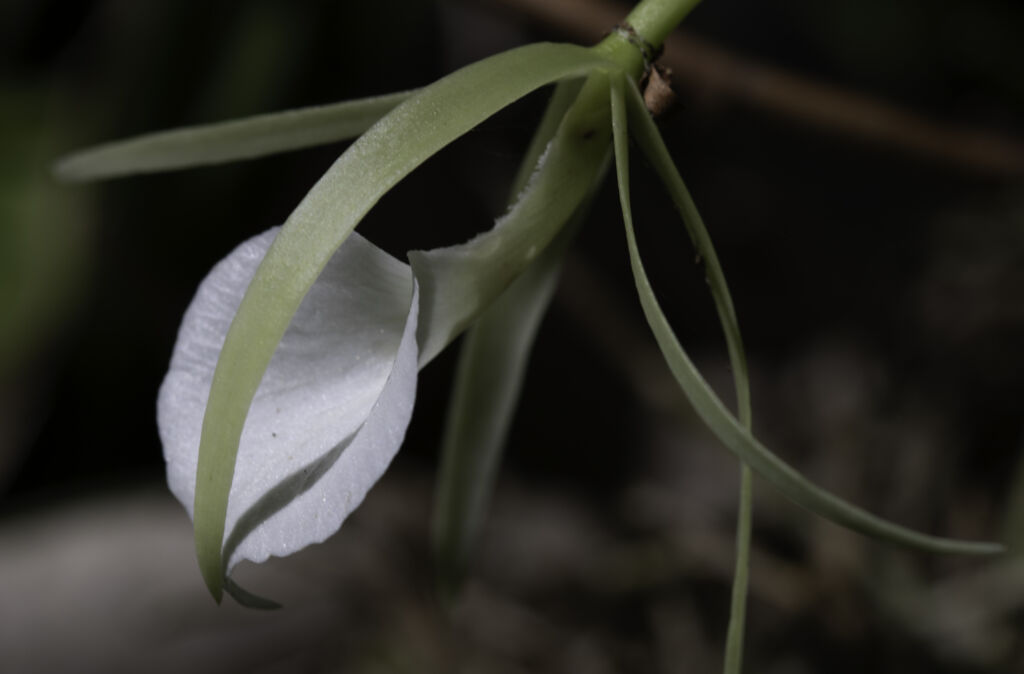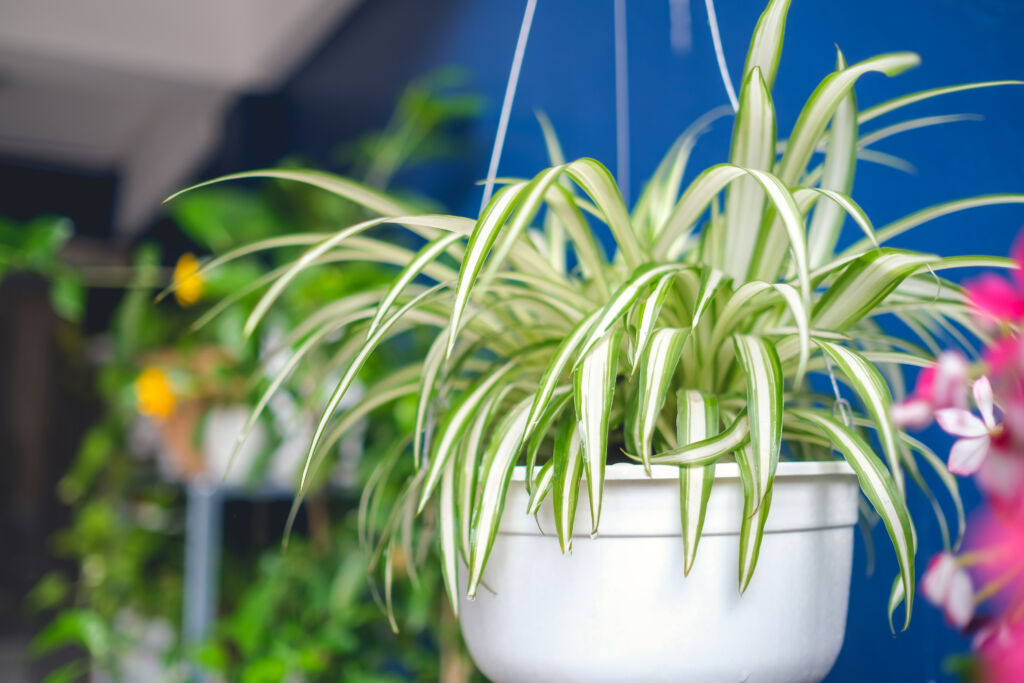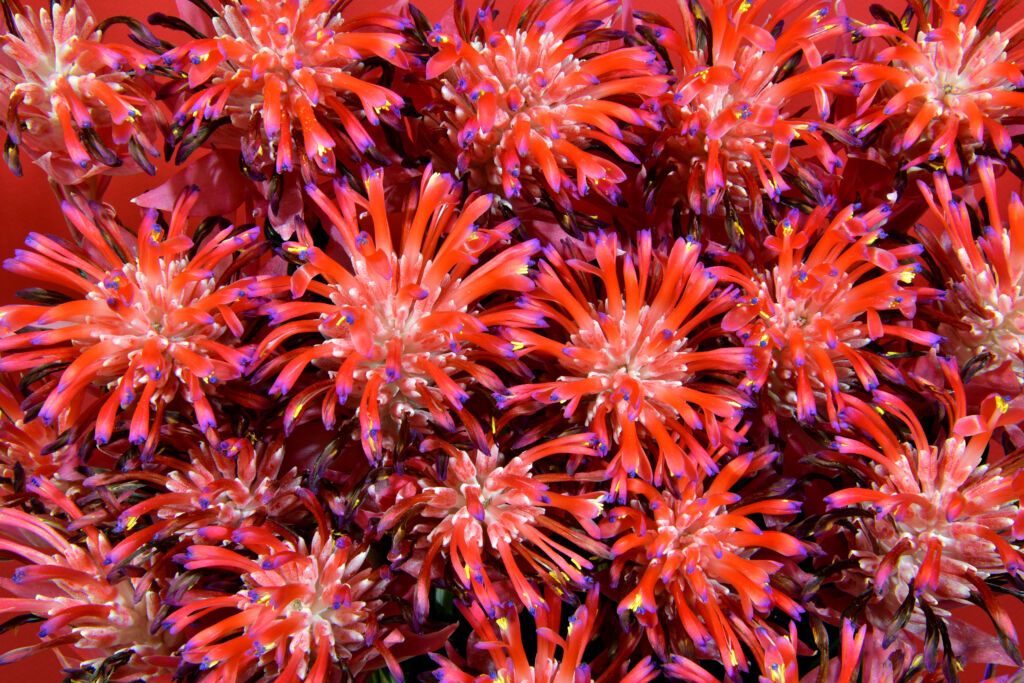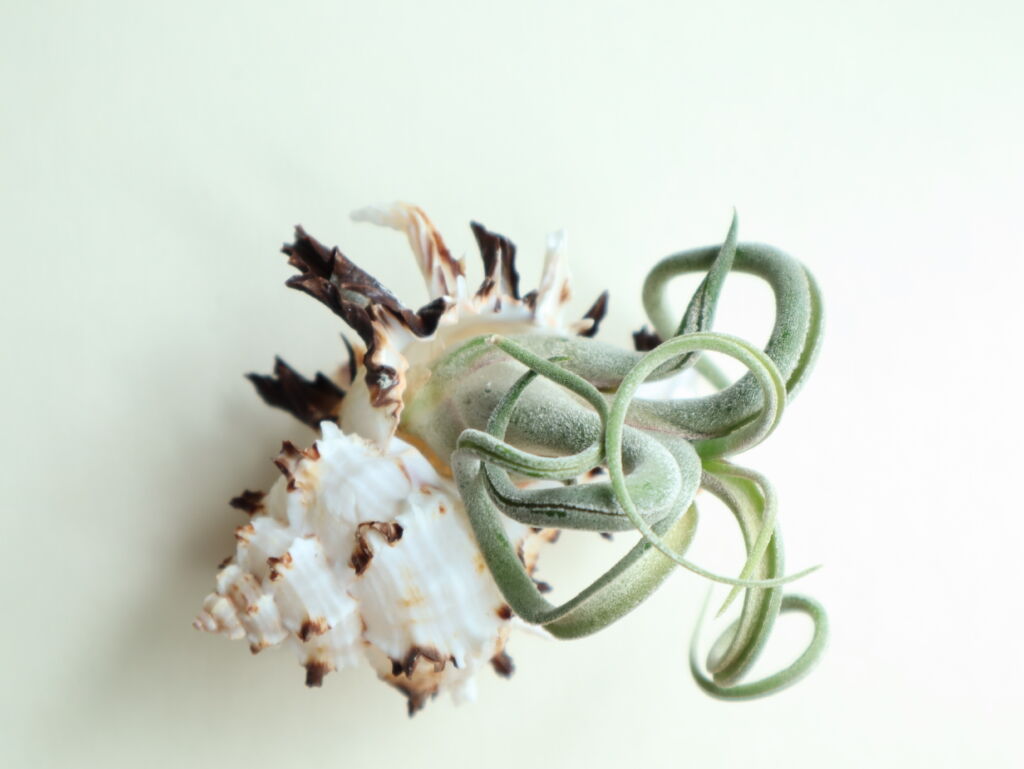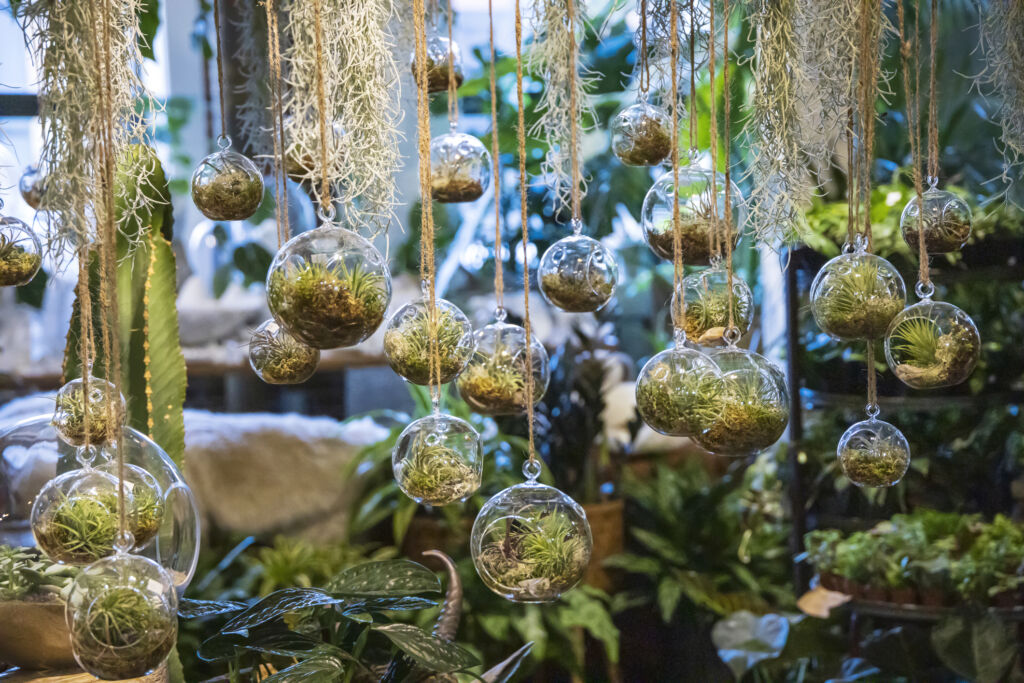HousePlantJoy is supported by our audience. When you purchase through one of our links, we may earn a small affiliate commission. As an Amazon Associate I earn from qualifying purchases. Your cost is not affected.
==================
Air Plant Terrarium Ideas
Here are the best air plant terrarium ideas!
Nowadays, terrarium ideas for air plants are trending. The world of terrariums has changed a lot in recent years. The days when people would throw a bunch of moss and some stones into an old tumbler jar are gone. These days we can find anything from succulents to beautiful orchids to air plants in a terrarium.
If you’re looking for air plant terrarium ideas to bring nature indoors, there is a vast range of air plants with little or no soil requirements. These plants can look stunning because they are small and light, making them ideal for making your dream of air plant in a terrarium come true.
However, you may need to be watchful when choosing air plants. You’ll want to ensure these plants thrive in the type of light and humidity you can provide. Air plants are great to use in a terrarium because they don’t need any soil and are easy to care for, but it’s important to ensure you know what air plants work best in a terrarium.
12 Best Air Plants for Terrarium
The list below includes some of the best air plants terrarium ideas, including common air plants and lesser-known varieties that some might enjoy discovering.
1. Sky Plant (Tillandsia)
Tillandsia makes one of the best terrarium ideas for air plants, partly because they’re so easy to take care of! You don’t need dirt or stones, just water, and sunlight, making them great for amateurs and professionals. They are perfect for those who don’t have a green thumb. They are low-maintenance plants that grow well in a terrarium.
These air plant species come in various colors like red, pink, purple, and orange, while their shape and size can be like globes, spheres, pointy balls, and wands. Tillandsia can be placed on their own or with other houseplants. While they will thrive in any environment, putting them near a window or air conditioning vent is recommended.
Care Tips
- Tillandsia can be grown in almost any potting mix, but it prefers a rich organic soil with plenty of compost and leaf litter.
- Tillandsias need artificial illumination for at least 12 hours daily for healthy growth.
- They also prefer humid conditions, so you must mist your tillandsias every couple of days.
2. Blushing Bride (Tillandsia Ionantha)
Tillandsia Ionantha (Ionantha) is a genus of epiphytic cacti native to South America. Tillandsias are popular houseplants that can thrive in low light conditions and require minimal maintenance. They are the best for air plant terrarium ideas.
Tillandsia Ionantha is an air plant that grows well indoors. It has been used for many years in the home as a houseplant. This plant can be grown from seed, but it is easier to start them off from cuttings. Tillandsia Ionantha is easy to care for and requires little water. They are not fussy about light conditions and do best in bright indirect sunlight.
These air plants are popular due to their unique appearance, size, shape, color, and texture. Ionanthas are commonly known as air plants due to their ability to absorb moisture from the air. They can grow anywhere from 10 inches up to 2 feet tall. If you’re looking for a unique style of flower, then these may be the perfect choice for your garden. The stunning foliage and striking red, violet, and pink blooms make them one of the best air plant terrarium ideas.
Care Tips
- Watering at least twice a day is sufficient. If your air plant does not have enough water, it will dry out. This can cause the leaves to curl and turn brown.
- When watering, use a distilled spray bottle. Do not use tap water, as this may contain minerals that are harmful to your plant.
- You can fertilize your plants to provide the nutrients. Liquid fertilizers, granular fertilizers, and organic fertilizers. Using a syringe, liquid fertilizer is usually applied directly to the plant’s roots.
- Granular fertilizers are spread around the base of the plant and then watered into the root zone. Similarly, organic fertilizers contain natural sources like compost, manure, and fish emulsion. You can mix them into the topsoil before planting.
- Lighting conditions play a big role in determining how fast your plant grows. Plants grown under bright lights grow faster than those grown under dimmer lighting. You can control the amount of light your plant receives by placing it in a closet or other dark area. You can also place a black sheet over the light fixture to block some light.
3. Funckiana(Tillandsia Spotlight)
One of the best terrarium ideas for air plants is to grow Funckiana. They are small evergreen shrubs that can reach heights of about 10-15 cm (4-6 inches). They have glossy leaves and fragrant white flowers. They are native to tropical regions of South America, Central America, Mexico, and parts of Africa. The easiest way to grow them indoors is to use terrariums.
If you want to make your terrarium, you need to choose a pot with drainage holes at the bottom for proper draining. Then add some pebbles and sand to fill up the space inside the pot. Add some mosses, ferns, and other succulents to give the terrarium a natural look. Finally, place the plant into the pot and water it well.
Care Tips
- Funckiana prefers thriving in an environment with high humidity (70-90%), which means you can use an enclosed terrarium.
- In order to boost humidity levels, you can use a humidifier to let your plant thrive.
- These shrubs need water regularly. However, avoid overwatering as it can cause root rot.
- Place your air plants in temperatures ranging from 64 to 70 degrees.
4. Bulbosa Guatemala (Tillandsia Bulbosa)
These air plants produce a thick mucilaginous sap called bromelain. They are native to Central America and some parts of South America. They have become trendy air plants in a terrarium due to their ease of care and low maintenance requirements. They need high humidity and indirect sunlight. You may want to use moss or pebbles to help retain moisture.
Care Tips
- The first thing you should do is water your bulbs regularly. If you notice any dryness, water them thoroughly until they are fully saturated.
- You don’t need to fertilize your bulbs using organic fertilizer. However, if you want to use regular fertilizer, make sure that you choose a fertilizer that’s designed explicitly for bulbosa plants.
- The air plant loves thriving in dry, humid environments, so using an enclosed terrarium is recommended.
- Since it likes to stay in warm environments, Bulbosa Guatemala is a perfect option to bring nature indoors.
5. Rock Airplant (Tillandsia Tectorum)
Nowadays, Tillandsia plants have become increasingly popular. These plants make the best terrarium ideas for air plants. Tectorum is a small air plant that can easily fit into a terrarium. It features a stunning green color and grows well indoors. This plant is easy to care for and requires little maintenance. It sees as a small piece of snowballs inside a mini terrarium. Tectorum is a fast-growing, hardy, evergreen shrub that can be used as a ground cover or hedge, making it a perfect
It has small, oval leaves that are dark green. Thanks to its dense layer of trichomes forming on the surface, the air plant strikes a fuzzy snow-like appearance. The plant loves getting a lot of light exposure and thrives on thorough misting. The plant’s trichomes help it get nutrients when placed in a low-nutrient environment. Exposing them to direct sunlight is appropriate.
Care Tips
- Watering is the first thing you need to do to ensure that your tectorum stays healthy. However, prevent overwatering because these air plants are susceptible to root rot.
- Ensure you only water once a week and use a drip irrigation system. You should also try to water at night since this helps prevent evaporation.
- Fertilization is also a big factor in keeping your tectorum healthy. Make sure you feed your plants regularly but don’t overdo it.
- Prevent over-fertilization, or it can lead to leaf burn. Try using a balanced fertilizer that contains both nitrogen and phosphorous.
6. Aeranthos (Tillandsia Aeranthos)
Aeranthos are another good option among other air plants in a terrarium. With a delicate appearance, the air plant is known for its striking leaves with an upgrowing habit in a con-like shape. The plant is among the best air plants terrarium ideas and a perfect option for amateur indoor gardeners.
Aeranthos are easy-to-grow and require minimal maintenance. Like any other air plant, Aeranthos doesn’t create a mess as other popular houseplants do. They also don’t need repotting and can be displayed in any way your imagination desires.
Scientifically, growing Aeranthos indoors helps lower stress levels and reduce pollen allergy risk by catching pollen particles and dust. They purify the air by tracing carbon dioxide and toxins, so placing them in your bedroom inside an open container will help you sleep better.
Care Tips
- Water your Aeranthos regularly as they need at least one inch of water. Under watering can make the plant grow unhealthy.
- Aeranthos prefer well-drained soils that allow proper air circulation around the roots. Aeranthos should not sit in standing water for too long.
- Fertilize your aeranthos once a month with a complete organic fertilizer.
- Aeranthos benefit from a balanced nutrition program.
7. Fuchsii V Gracilis (Tillandsia Fuchsii)
Tillandsia Fuchsii air plant in a terrarium looks great. They are exciting air plants and grow without soil, absorbing nutrients from the air. It is a sliver-grey or light green air plant that can grow up to 8cm in height. Striking thread-like feeble leaves, they make interesting decorative terrariums and vivariums.
The distinct foliage of Fuchsii is often mixed up with Filifolia and Andreana because of the resemblance between these species. You can differentiate by looking at their structure since a Fuchsii is a more delicate, silver-looking air plant.
Care Tips
- In order to get the best results from your fuchsia, ensure they receive enough sunlight.
- Misting with a spray bottle a couple of times a week can make your air plants grow healthier.
- Since the air plant absorbs water through leaves instead of roots, flip the plant upside-down after bathing it to shake excessive water.
- Avoid placing them near AC units or heaters because intense heat can burn the plant.
- They love indirect but bright sunlight. If you live in a shady area, try placing your plant under fluorescent lighting.
- Fertilize your fuchsia once a month using a fertilizer rich in phosphorous and potash.
8. Lady of the Night Orchids (Brassavola Nodosa)
Lady of the night or Brassavola Nodosa is an epiphytic orchid native to low-lying coastal regions of Southern and Central America. It produces white to pale-green flowers with a diameter of as wide as three-and-a-half inches and a wonderful fragrance. Each of these flowers strikes long, slender sepals and petals and a heart-shaped lip on the tubular petal. The lip can have dark red or purple spots inside.
As an easy-to-grow air plant in a terrarium, lady of the night orchids is an interesting air plant terrarium idea. It can adapt to various environments as long as it gets adequate light. While a large specimen may produce dozens of flowers, making stunning a display, even a single flower spike, is quite rewarding.
Care Tips
- Provide your Brassavola Nodosa with adequate lighting to get the most out of your plant.
- It thrives in intermediate temperatures ranging from 65 to 80 Fahrenheit during the day, followed by a drop of 10 Fahrenheit at night.
- The air plant needs to water more often. However, make sure to let the potting medium dry out between watering.
- Place your plant on the dry side during cooler temperatures.
9. Dancing Lady Orchids (Oncidium Orchids)
One common air plant terrarium idea is to grow dancing lady orchids indoors. These air plants in a terrarium look pretty cool and add a flair to your décor. They are basically a group of diverse orchids with diverse characteristics.
These are new world orchids having origins in South and Central America. While there are plenty of species, the most common home growers are the pink or yellow-flowered varieties known as Dancing Lady. Most of these species strike plenty of small flowers simultaneously and provide a spectacular show lasting for weeks.
The distinguishing shape of the blooms carried on multiple branched-stems flutters in the breeze, making them dance.
Care Tips
- Oncidium orchid plants thrive in environments with plenty of light. However, make sure to avoid direct sun exposure.
- If your place doesn’t have a sunny window where you can place your plant, use artificial lights to meet its needs.
- If you use artificial lighting, note that these air plants also need some darkness at night. After all, plants also need some rest.
- Before repotting your air plants, wait until the new growth begins.
- During the nighttime, provide your plant a slightly cooler temperature of 15 degrees.
10. Spider Air Plants
Working on spider air plant terrarium ideas is always fun for beginners because they are among the easiest air plants to grow indoors. Known for their air purification abilities, these air plants in a terrarium are also a nice addition to any home or office. These plants are adaptable and durable, so you can place them in bedrooms, bathrooms, or anywhere else in your home or office.
The plant earns its name from the spiderettes that it produces. Note that these plants should be planted in an open terrarium instead of enclosed ones.
Care Tips
- Place your spider air plant in bright to moderate light environments.
- They need slightly moist soil to thrive, so watering once a week should be sufficient in summer and spring.
- In cooler temperatures, water sparingly and let the soil dry out between watering.
- Use a balanced houseplant fertilizer to feed spider plants every three weeks.
11. Upright Air Plant (Tillandsia Stricta)
Like any other tillandsia, Stricta is another low-maintenance and relatively easy-to-grow air plant in a terrarium. This particular air plant loves flourishing in high humidity and filtered light conditions. Additionally, unlike other natural hardy plants, Stricta doesn’t like exposure to extreme cold or hot temperatures.
In order to grow the best of Stricta, you will need to provide it with fresh moving air, so make sure to place them in a place with proper ventilation. Since the plant can thrive on most surfaces, you can place them on rocks, wood, seashell, or ceramics.
Its leaves range from soft to hard and stiff, often having light green and silver colors. One of its species (Stricta Midnight) has dark black coloring. These air plants produce a stunning white bloom spike, displaying flowers that can be yellow, purple, or blue. Stricta air plant is one of the best options for your terrarium ideas for air plants.
Care Tips
- When growing indoors inside a terrarium, make sure to place it in a place with proper ventilation.
- It needs water a couple of times a week, depending on the environment they are living in.
- These air plants don’t need soil. However, watering and proper airflow are key to growing a successful Stricta.
- It needs bright, indirect light, so place it near a sunny window.
- Since Stricta doesn’t need soil, they need water to swim and get the hydration they need. You can submerge the plant in a water bowl and let it soak for at least 20 minutes.
12. Octopus Plant (Tillandsia Caput-Medusae)
With striking snake-shaped leaves, the Octopus air plant in a terrarium can add an exotic flare indoors. It is an easy-to-care plant as long as you pay attention to the plant’s unorthodox needs. These plants have channeled, thick, tapering, and twisting leave covered in gray hairs.
Striking fuzzy looks, octopus plants have silver-green colors with purple hues throughout the base. While most of these species are green, some varieties, such as Snow Caput, can be frosted white due to their trichomes. Since the air plant belongs to xeric air plants, it can tolerate direct sunlight and less water than many other air plant varieties.
Care Tips
- The air plant does not need any soaking. However, it loves misting, which you can do a couple of times a week.
- These air plants like to be cultivated at room temperatures throughout the year. However, make sure the temperature shouldn’t drop below 15 C.
- It thrives in high humidity environments, so you can place it near a sunny window.
Wrapping Up
There you go – the 12 best air plants for terrariums. An air plant in a terrarium looks great, and all these options can be the best terrarium ideas for air plants. They are low-maintenance, easy-to-grow houseplants and a nice addition to any home or office.
FAQs
What are the best air plants terrarium ideas?
Air plants, such as Aeranthos, Funckiana, Bulbosa, etc., are low-maintenance plants. They don’t have many requirements, making them perfect for terrarium air plant ideas.
What Plants do well in terrariums?
Air plants, ferns, and succulents have a plethora of verities that you can grow indoors inside a terrarium.

